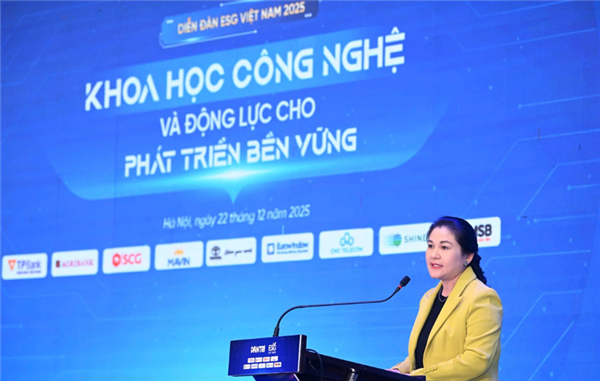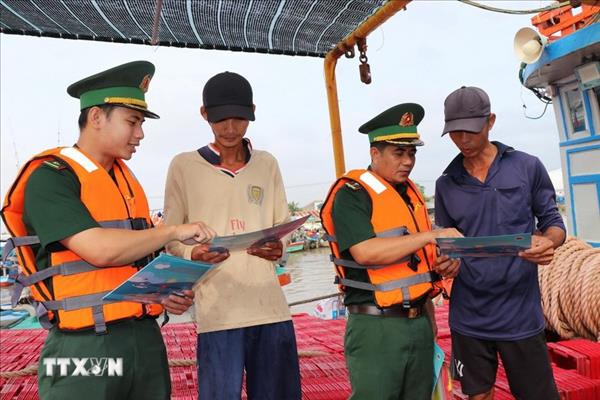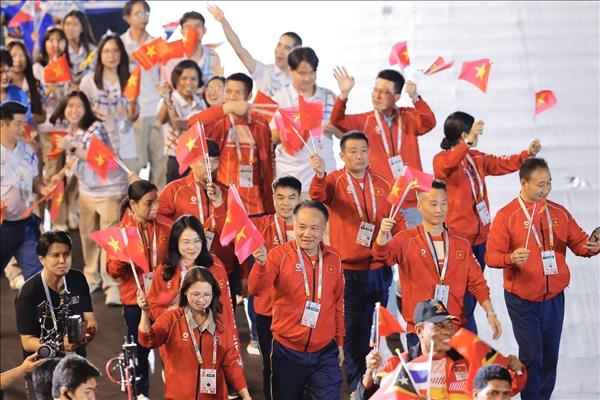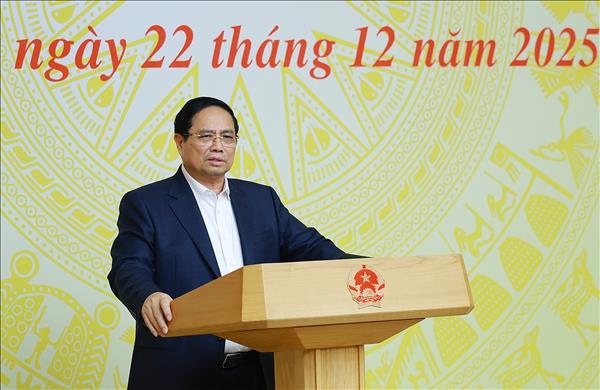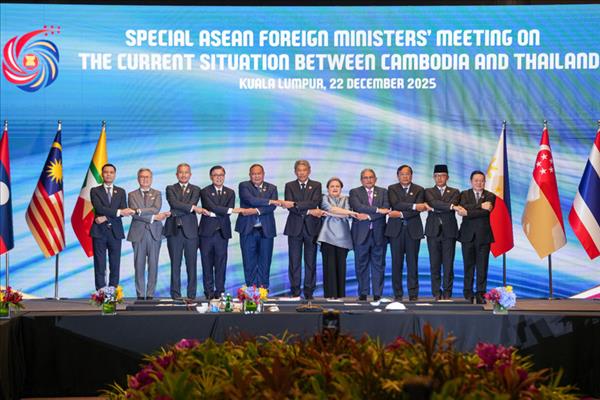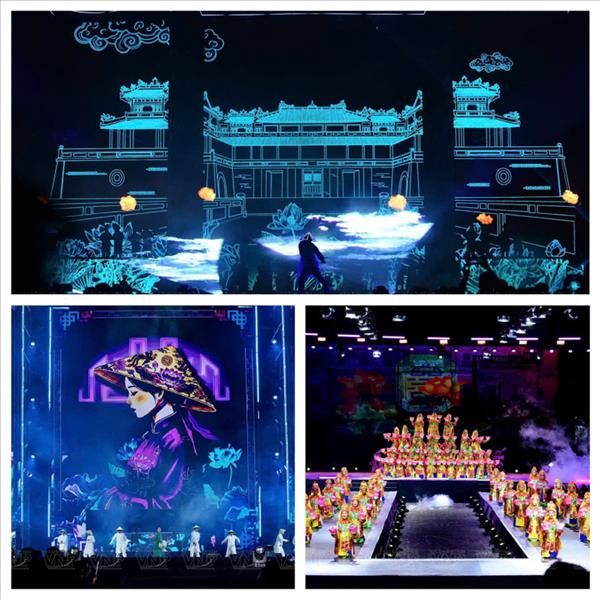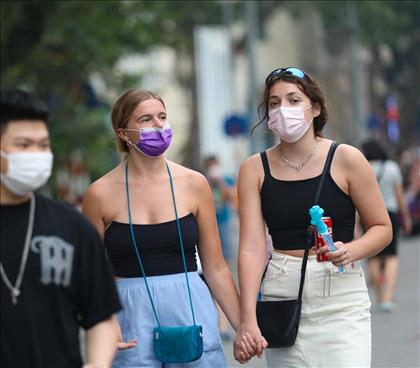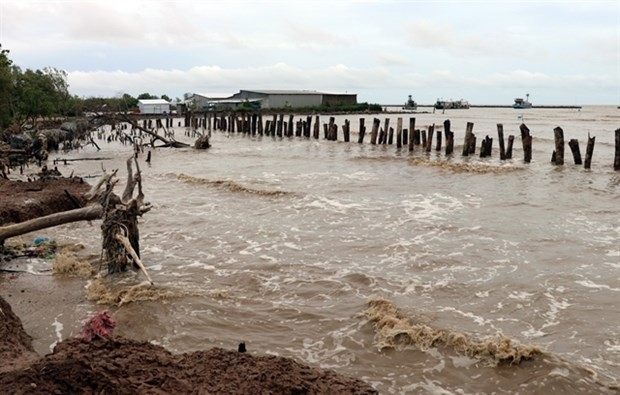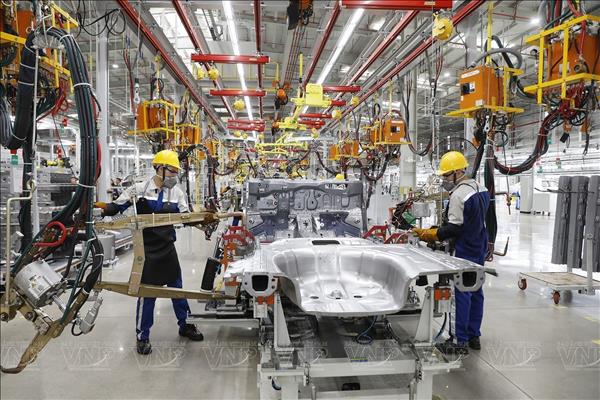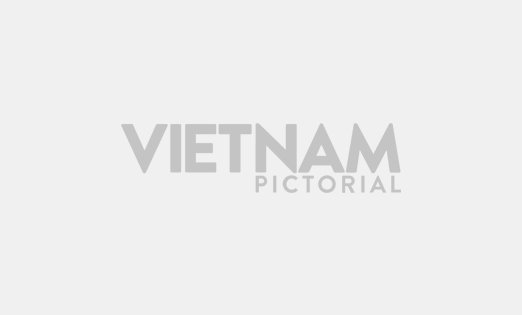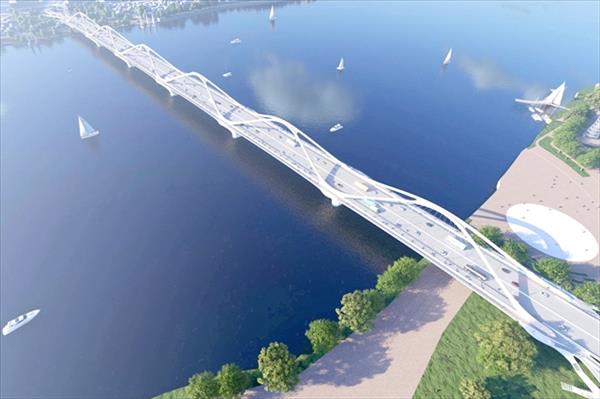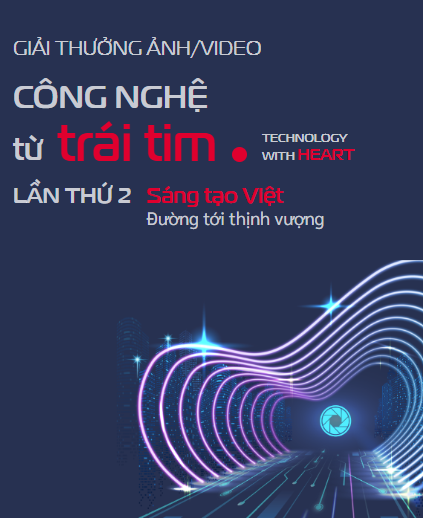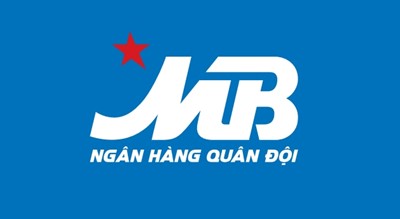Hospitality providers in Hanoi’s Old Quarter have been gradually recovering from the COVID-19 pandemic. Since March 15, most of them have so far been brought back to life.
Resuscitation
Le Vinh, owner of a five-star hotel chain in the Old Quarter, said three- to five-star hotels in the area are doing well again. From March-June, occupancy rate was equivalent to 10-15% of the pre-pandemic level. Since June, it picked up by 30-50% from 2019.
He added that his hotels mostly cater for foreigners from Southeast Asia, including Singapore, Malaysia, Thailand and India. Arrivals from India moved up from 2019 and keep growing. Therefore, he set up a hotel on Nha Tho street to welcome Indian visitors and sell Halal food for Islamic tourists.
Business establishments relying on tourists, especially foreigners like souvenir and handicraft shops, tour combo agents or spas, are becoming busy. Signs “for sale” or “for rent” are rare, unlike last year.
Le Thi Ha, a restaurant owner on Tong Duy Tan street, said since tourism resumed, foreigners have kept coming to this cuisine street. Sometimes, restaurants and eateries here are full to their capacity.
She added that diners at her eatery have averaged 95%, mostly those from the Republic of Korea, India and Laos. The revenue has become stable.
More visitors to the Old Quarter also drove up the recovery of spa industry. Vinh’s spas in the area welcomed about 70-95% of those before the pandemic, mostly foreigners.
Though foreign arrivals rose up from pre-pandemic level, the number of inbound visitors has dropped as students went back to schools following their summer break.
Moreover, inflationary pressure together with high flight and tour prices due to Russia-Ukraine conflict discouraged European visitors from coming to Vietnam, not to mention time-consuming visa procedures.
Visa remains major hurdle
This was stated by Director of Hanoitourist Company and Vice Chairman of the Vietnam Society of Travel Agents Phung Quang Thang. He said inbound tourism activity is thriving, especially during peak time in summer. Foreigners, predominantly from high-spending markets such as Europe, US, Japan and Australia, often travel to Vietnam from September to March.
Vice Chairman of the Vietnam National Administration of Tourism Ha Van Sieu said international tourism markets are recovering, but at uneven rates. Several in Southeast Asia jumped by 30-200%, but European market fails to meet expectation. The Chinese market alone is dull as strict anti-pandemic measures remain in place there.
CEO of Tien Phong Travel Phung Xuan Khanh said the number of visitors coming for leisure only counts less, as most visit relatives or go to work.
He attributed that to the fact that several international flights and routes have yet to fully recover, resulting in rare and expensive tickets, forcing visitors to reconsider their plans.
Thang said visa policy should be revised as soon as possible, such as extending visa exemption for high-spending markets and for up to 30 days.
Nguyen Ngoc Bich, CEO of Mekong Rustic, said it is necessary to extend the visa-free period for those with high expenditures so that they could relax in Vietnam for 1 - 6 months.
Corporate executives also expressed their hope that authorities will make less inspections and impose fines on businesses so that they could feel assured to improve services, contributing to the rapid recovery of the green economy.
Hanoi’s tourism sector is set to welcome 9-10 million visitors this year, including 1.2-2 million foreigners. Total revenue is expected to come in at nearly 1.2 billion USD to over 1.5 billion USD.
The capital is focusing on developing tourism products where it possesses strengths, such as cultural and sports tourism.
It has also paid attention to improving communications activities to promote its image./.

